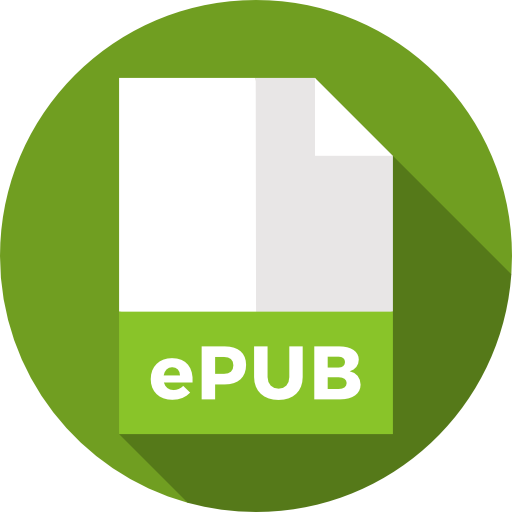
An International Publisher for Academic and Scientific Journals
Author Login
Scholars Journal of Engineering and Technology | Volume-6 | Issue-05
Application of Geoscanner Methods for Groundwater Investigation in Grobogan District, Central Java, Indonesia
Ngudi Aji Jaka Yuwana, Nora H. Pandjaitan, Roh Santoso Budi Waspodo
Published: May 30, 2018 |
256
240
Pages: 162-170
Downloads
Abstract
One of the solutions for water shortage in Grobogan District is groundwater utilization. The purpose of this research were to analyze the hydrogeological conditions and rock lithology constituent, and investigation of groundwater potential in this area.. This research was conducted using resistivity method with geoscanner application in six measurement points from July to September 2016. The research used the result of resistivity measurement from geoscanner as primary data while hydrogeological and geological maps were used as secondary data. Interpretation of the apparent resistivity data were performed with Res2dinV software that gave a curve resistivity model. The result showed that rock resistivity in the area ranging between 0.06 - 821 Ωm. Generally, there is composed of the lithology consist of rock, limestone, marl, limestone sandy, clay stone and alluvium deposits. The confined aquifer and unconfined aquifer depressed are at six measurement points in the aquifer and were classified in small to medium productivity. At measurement point A-01, A-04, A-05 and A-06 were found unconfined aquifer layer at 20 - 50 m under soil surface with 20 - 40 m of thickness. The confined aquifer were found at A-01, A-02, A-03, A-04 and A-06 between 40 - 110 m under soil surface with thickness of 25 - 40 m.


